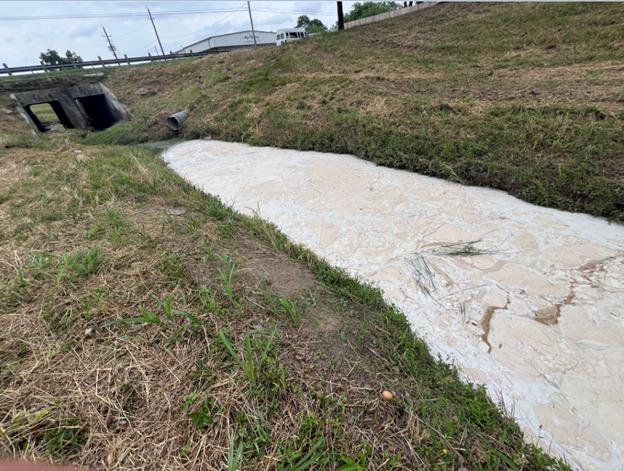A single briefcase with ₹55 lakh might determine who treats your illness tomorrow. The National Medical Commission (NMC), India’s medical education watchdog, faces serious corruption allegations that could impact healthcare quality nationwide.
The Central Bureau of Investigation (CBI) registered an FIR on June 30, 2025, naming 34 individuals—including inspectors, ministry officials, and middlemen—after raids at over 40 locations across five states. The case centers on a ₹55 lakh bribe paid to three NMC inspectors at Shri Rawatpura Sarkar Institute in Nava Raipur.
On July 19, The Lancet, one of the world’s oldest and most respected medical journals, published a scathing assessment. The editorial labeled the NMC as “systemically corrupt and inefficient,” warning that advance tip-offs about inspections allowed colleges to arrange “ghost faculty and fictitious patients to secure favorable reports.”
The corruption scandal has triggered immediate consequences. The NMC announced on July 14 that it had blacklisted four assessors and denied renewals to six medical colleges. A press note from the Commission stated: “[T]he Commission views such matters very seriously […] will continue stringent action.”
The regulatory fallout extends beyond Chhattisgarh. In Gujarat alone, 250 medical seats were axed—Swaminarayan Institute in Kalol lost all 200 seats, Amreli Medical College dropped from 200 to 150, and Dr. Kiran C Patel Institute in Surat was reduced from 200 to 150 seats.
These seat reductions come at a critical time for India’s healthcare system. The country currently has around 1.3 million registered doctors serving a population of over 1.4 billion—creating a doctor-to-population ratio of 1:1,263.
Similar Posts:
This falls well short of the World Health Organization’s recommendation of one doctor per 1,000 people. According to WHO data, India needs approximately 1.8 million more doctors, nurses, and midwives to reach the threshold of 44.5 healthcare workers per 10,000 population.
The Indian Medical Association (IMA) has responded strongly to the scandal. Dr. Dilip Bhanushali of the IMA expressed “deep concern” and demanded “strictest and time-bound punishment” along with institutional safeguards. The Association of Healthcare Providers India (AHPI) has called for digital audits, remote monitoring, real-time dashboards, and outcome-based regulation to prevent inspector collusion.
The government appears to be pursuing a two-track response. While enforcement actions continue through seat cancellations, assessor blacklists, and CBI prosecutions, expansion plans remain on the table. Prime Minister Modi and Health Minister J.P. Nadda have reaffirmed their commitment to adding 75,000 new medical seats over the next five years to increase capacity.
This isn’t the first time India’s medical education regulator has faced corruption allegations. The Medical Council of India (MCI), which preceded the NMC, was repeatedly embroiled in scandals from the 1980s through the 2010s. Issues included Section 10A election flaws, failure to update registers, and bribery scandals. Supreme Court interventions in the 2010s eventually led to the MCI’s dissolution and the creation of the NMC under the 2019 Act.
For aspiring medical students caught in this regulatory upheaval, practical steps include verifying inspection report history via the NMC portal, checking faculty data, knowing whistleblower contact information (CBI hotline and state anti-corruption bureaus), and understanding legal recourse options if stipends or teaching standards are compromised.
The National Medical Commission’s credibility hangs in the balance as it attempts to address corruption while managing the pressure to increase India’s doctor workforce. With 12.3 lakh NEET qualifiers competing for just 118,000 MBBS seats, the stakes couldn’t be higher for healthcare delivery and medical education standards.
The report covered the CBI’s investigation details, the Lancet’s critique, and the NMC’s subsequent actions including seat cancellations and assessor blacklists. It also presented India’s medical workforce statistics and the government’s approach combining enforcement with seat expansion. The article provided information about past MCI issues, expert recommendations on oversight improvements, and advice for students navigating the current regulatory environment.The future of medical education in India could be dramatically reshaped by both this corruption crackdown and emerging technologies, potentially affecting how the next generation of healthcare professionals are trained and evaluated. The quality of care for vulnerable populations ultimately depends on maintaining rigorous standards in medical education.



















